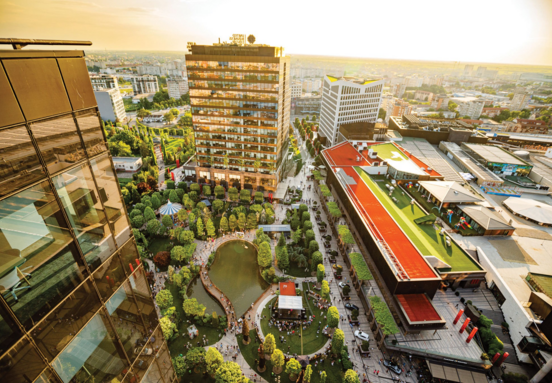They expect Romania to register a solid advance of 3-3.5% in 2015 and 2016, due to fact that the weak economy of the euro zone, the main export market of the country, is compensated by the increase of domestic demand, the report made by Capital economics shows.
Romania has a long term economic growth potential of 4% per year, similar to Bulgaria, Poland and Turkey, analysts say. They consider that the fiscal policy will be more relaxed this year compared to 2013, on the background of dropping consumer prices.
For starter, the decline of the price of oil will determine a slowing down of inflations leading to the increase of household incomes. This should allow the National Bank of Romania to reduce the monetary policy interest rate by 25 basic points to 2%, the report shows.
Analysts from Capital Economics estimate that the inflation rate will be 0.8% this year and 1.8% next year. In 2014 the annual inflation rate dropped to 0.83%.
In February BNR modified the inflation prognosis for this year, from 2.2% to 2.1% and has an estimate of 2.4% for the end of 2016.
Analysts also consider that financial markets in Romania are less vulnerable to the situation of Greece than they were in 2011-2012, since the current account deficit and the short term foreign debt dropped significantly in past years.
The European Commission anticipates that Romania’s economy will grow by 2.7% this year and with 2.9% in 2016, while the World Bank consider that Romania’s GDP will grow by 2.9% this year and 3.2% next year.
Romania’s economy grew last year by 2.9% in real terms, compared to 2013. In the last quarter economic growth was 0.5% against the previous quarter and of 2.6% against the same period of 2013, according to data supplied by INS. (source: actmedia.eu)







